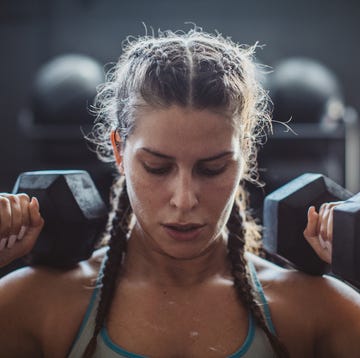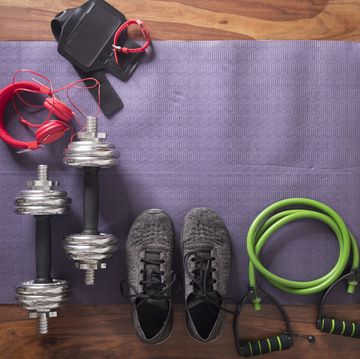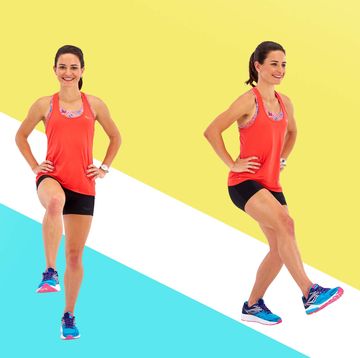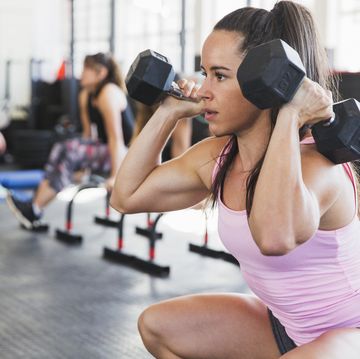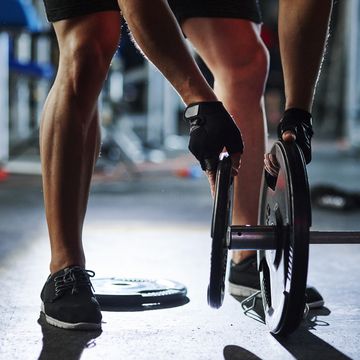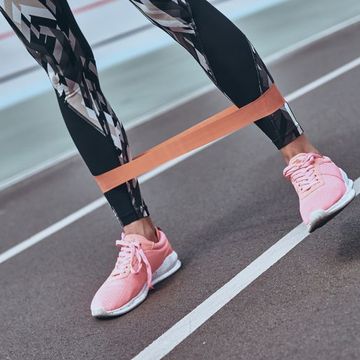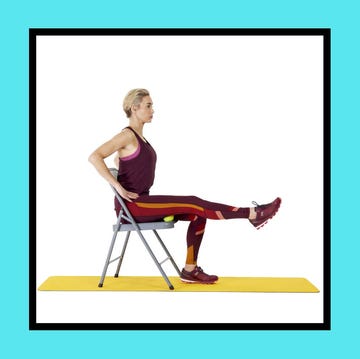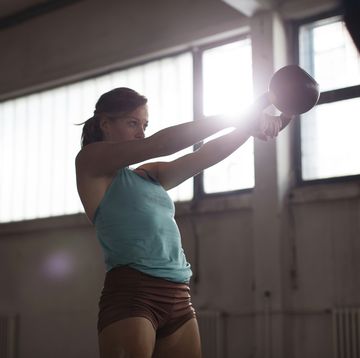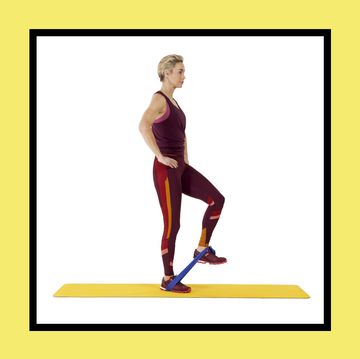As runners, we're often told we need to work on our core strength. But what exactly does that entail – are reverse crunches the key to a strong core? And why is having a strong core beneficial for our running anyway?
To put it simply, your core is everything from your shoulders down to your hips and encompasses a whopping 29 pairs of muscles. These include your abdominal muscles, pelvic floor, muscles in the lower back and even your glutes and hip flexors.
Your core stabilises every part of your body, so the stronger it is, the better your posture will be when you run. And a good running posture allows your pelvis, hips and lower back to work together as they should, which will reduce the likelihood of leg injuries caused by poor alignment. It will also allow you to run more efficiently.
So, how can you improve your core strength?
Improving strength in your abdominals is a great place to start. And the reverse crunch is one exercise that gives you plenty of bang for your buck.
Reverse crunches work both your rectus abdominis (the top layer of your abdominal muscles) and your transverse abdominis (your innermost abdominal muscle layer). They also work your hip flexors.
'The reverse crunch is a version of the ab crunch,' explains Graeme Woodward, a UK Athletics Level 3 performance coach, UKSCA accredited S&C coach and We Run coach for West Yorkshire.
'It is a different muscle action because the legs are lowered and then raised from a flexed position without letting them hit the ground. This works the muscles differently; the lowering action is a lengthening eccentric contraction, though it’s still the hip flexors that are used most.'
Eccentric muscle actions are more likely to cause DOMS, warns Woodward, so you may feel this exercise a day or two later.
How to do a reverse crunch
- Lie on your back, hands behind your head.
- With your feet together, bend your hips and knees at 90 degrees.
- Raise your hips and crunch inward, moving your knees towards your chest. Your hips and lower back should rise off the floor.
- Pause, then slowly lower your legs until your heels nearly touch the floor.
Sets/reps: Two sets of 10-12 reps



